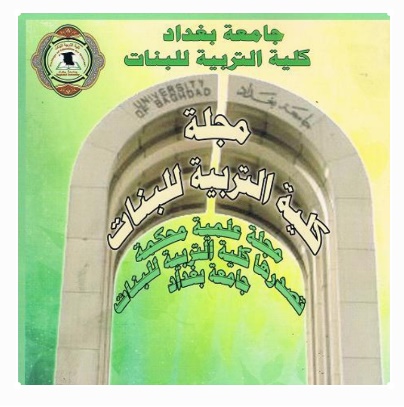THOUGHT PRESENTATION IN KATHRINE MANSFIELD’S SHORT STORIES
Abstract
To cite the short stories of Kathrine Mansfield, all contain characters who are
revealed through their own thoughts. In her stories, the world is always seen through
the eyes of her characters in the form of points of view presented to the readers
through the characters' minds. This way of revealing characters and figuring out the
world, through the presentation of the characters' thoughts, is linked to the 'stream of
consciousness.' Kathrine Mansfield has been compared with Virginia Woolf in
particular in that both writers used the thoughts and the points of view of their
characters as material for their work through the stream of consciousness.
According to Leech and Short (1981), there are five linguistic techniques
available for the narrator to present his/ her characters' thoughts through. These are
the direct thought, the free direct thought, indirect thought, free indirect thought and
narrative report of thought act. The narrator is free to use any, some or all of these
techniques to inform the reader of what is going in the characters' minds to make him/
her aware of certain points of view.
The present paper attempts to present full exposition of the five techniques of
thought presentation mentioned above. This exposition is presented in the first section
of the paper. The paper mainly aims at making a stylistic analysis of thought
presentation by the five techniques in Mansfield's short stories. The analysis is done
by investigating and examining the corpus which consists of thirteen short stories
chosen randomly. The results of the analysis are presented through certain
conclusions supported by statistics and examples which are quoted extracts chosen
from the stories analysed. Almost each extract is accompanied by brief explanation of
part of the plot which the extract is concerned with. The brief explanation helps the
reader to comprehend both the extract and the conclusion arrived at.
The paper is of a linguistic value and a literary value. The linguistic value lies
in the full exposition of the five techniques of thought presentation and their
application on the literary corpus. A linguist can follow the same steps and apply the
five techniques on other literary works, whether short stories or novels. The literary
value lies in the analysis of the presentation of thought in a literary work (Mansfield's
short stories) since there is a close link between the presentation of thought and the
stream of consciousness which is a common technique of writing in many narrative
works.

Published
Issue
Section
License
![]()
All articles published in Journal of College of Education for Women are licensed under a Creative Commons Attribution 4.0 International License.










